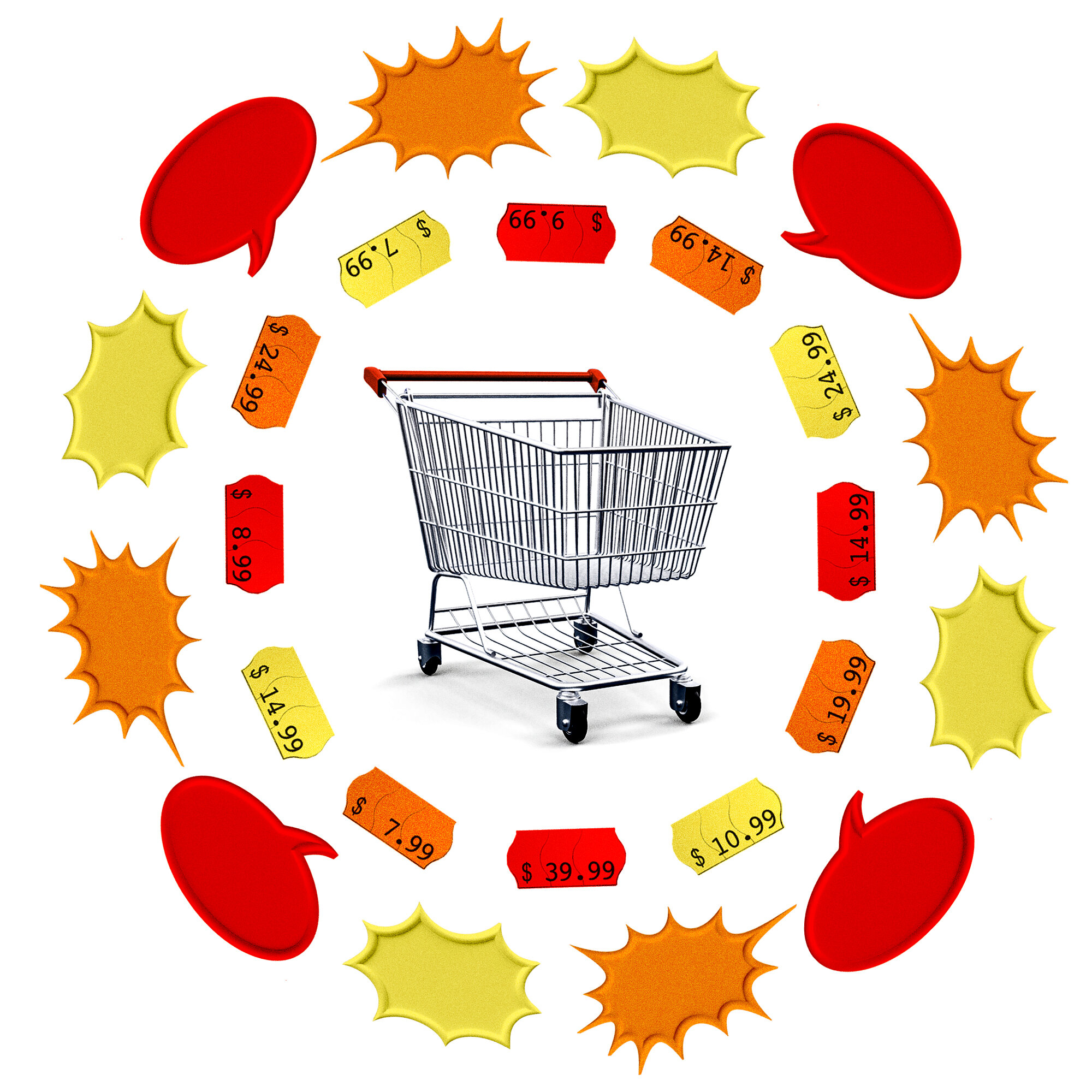
New York Times (Opinion)
Important Note: AllSides provides a separate media bias rating for the The New York Times news pages.
This page refers to The New York Times opinion page, including op-ed writers and the Editorial Board. The Editorial Board’s bias is weighted, and affects this bias rating by roughly 60%. Not all columnists for the New York Times display a left bias; we rate many individual writers separately (see end of this page). While there are some right-leaning opinion writers at the Times, overall the opinion page and Editorial Board has a strong Left bias. Our media bias rating takes into account both the overall bias of the source’s editorial board and the paper’s individual opinion page writers.
The past two years have been very good for the U.S. economy. Unemployment has crept up a bit, but not by a lot, and the employed share of Americans in their prime working years is higher than, to make a random comparison, it was at any point during the Trump years. At the same time, inflation has come way down, defying the pessimistic predictions of many economists.
Here, for example, is a comparison of the Federal Reserve’s preferred measure of underlying inflation with a September 2022 prediction from Harvard’s Jason Furman — a widely respected economist whom I single out only because he was both very mainstream and admirably explicit (no good deed goes unpunished), predicting that if unemployment remained low, inflation would still be around 4 percent at the end of 2025:
Yet Americans on average remain very negative on the economy. I’ve written about this puzzle many times, and today’s letter isn’t an effort to persuade people that they’re wrong. It is, instead, more of a forensic exercise. There have been many attempts to explain bad feelings about the economy but, as far as I can tell, fewer efforts to compare what, besides poor consumer sentiment, these different stories predict — and how good they are at doing so. So I thought I’d lay out those comparisons in a simple matrix.











